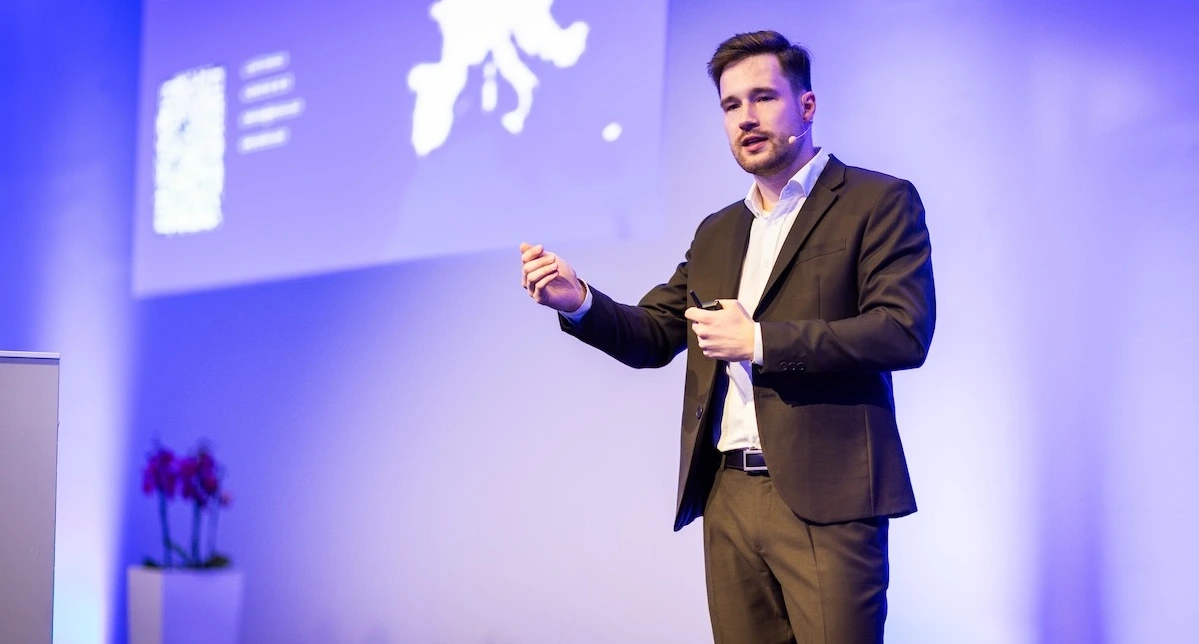How M-Bus, wM-Bus, and RS-485 technologies support smart cities and industry
Modern cities and industries are increasingly adopting digital technologies to collect and analyze real-time data. This allows for better resource management, optimized energy consumption, and improved operational efficiency. Among the key technologies enabling this transformation are M-Bus,Wireless M-Bus (wM-Bus), and RS-485. These have long been used for measuring, monitoring, and controlling various infrastructure systems. However, to fully integrate with modern smart systems, they often require upgrades to facilitate seamless online data transfer.
M-Bus and wM-Bus: Smart metering without complex installation
M-Bus is specifically designed for remote meter reading, making it ideal for measuring water, gas, electricity, and heat consumption. It is a reliable and cost-effective solution that enables multiple meters to be connected to a single system, simplifying management and data collection.
To eliminate the need for cabling, Wireless M-Bus (wM-Bus) was introduced as a wireless alternative. This is particularly beneficial in urban areas where installing cables can be difficult and expensive. wM-Bus allows for easy deployment of smart meters in residential, commercial, and industrial buildings, enabling automatic data transmission to a central system.
Modern versions of M-Bus and wM-Bus go beyond basic data transfer. They now provide real-time, detailed information that helps quickly detect issues such as water leaks or power failures. Additionally, these technologies incorporate enhanced security measures, ensuring that transmitted data is encrypted and protected against misuse.
RS-485: A reliable standard for industry and transportation
While M-Bus is primarily used for energy metering, RS-485 is a well-established protocol in industrial automation and infrastructure management. It is commonly used to control traffic lights, public lighting, elevators, and surveillance cameras.
Thanks to its robust design, RS-485 is highly resistant to electromagnetic interference, allowing data to be transmitted over long distances without signal degradation. This makes it a preferred choice for industrial zones and high-interference environments where other communication technologies might struggle.
Why Is OMS standardization important?
To ensure seamless communication between various smart meters and systems, the Open Metering System (OMS) was developed as an open standard for data transmission. This allows devices from different manufacturers to work together without requiring complex configurations or specialized software.
OMS ensures that all meters follow a standardized data transmission format while meeting strict security requirements. This prevents data tampering and makes it easier for cities and businesses to scale their systems without compatibility concerns.
OMS over LoRaWAN: Smart metering across long distances
A growing trend in metering technology is the combination of OMS and LoRaWAN, which merges the standardized OMS framework with LoRaWAN’s long-range, low-power capabilities. This enables the transmission of metering data across vast distances with minimal energy consumption.
This solution is particularly useful for monitoring infrastructure in large industrial complexes, smart cities, or agricultural regions. With LoRaWAN, smart meters can operate on battery power for years while transmitting data from locations where conventional network connections would be impractical or cost prohibitive.
To bridge the gap between M-Bus and LoRaWAN networks, ACRIOS transmitters offer an M-Bus/LoRaWAN converter, which forwards OMS-compliant data frames over LoRaWAN. For installations without LoRaWAN coverage, an M-Bus to NB-IoT converter is available, enabling data transmission via mobile networks.
The future of smart infrastructure
As urban centres and industries continue their transition toward energy efficiency and digitalization, technologies like M-Bus, wM-Bus, and RS-485 will play an increasingly vital role. Their ability to provide accurate measurements, secure data transmission, and efficient infrastructure management will help lower costs, improve service reliability, and contribute to a more sustainable future.
Need help with your IoT solution? If you need guidance on implementation, reach out to our team for advice.




.webp)


